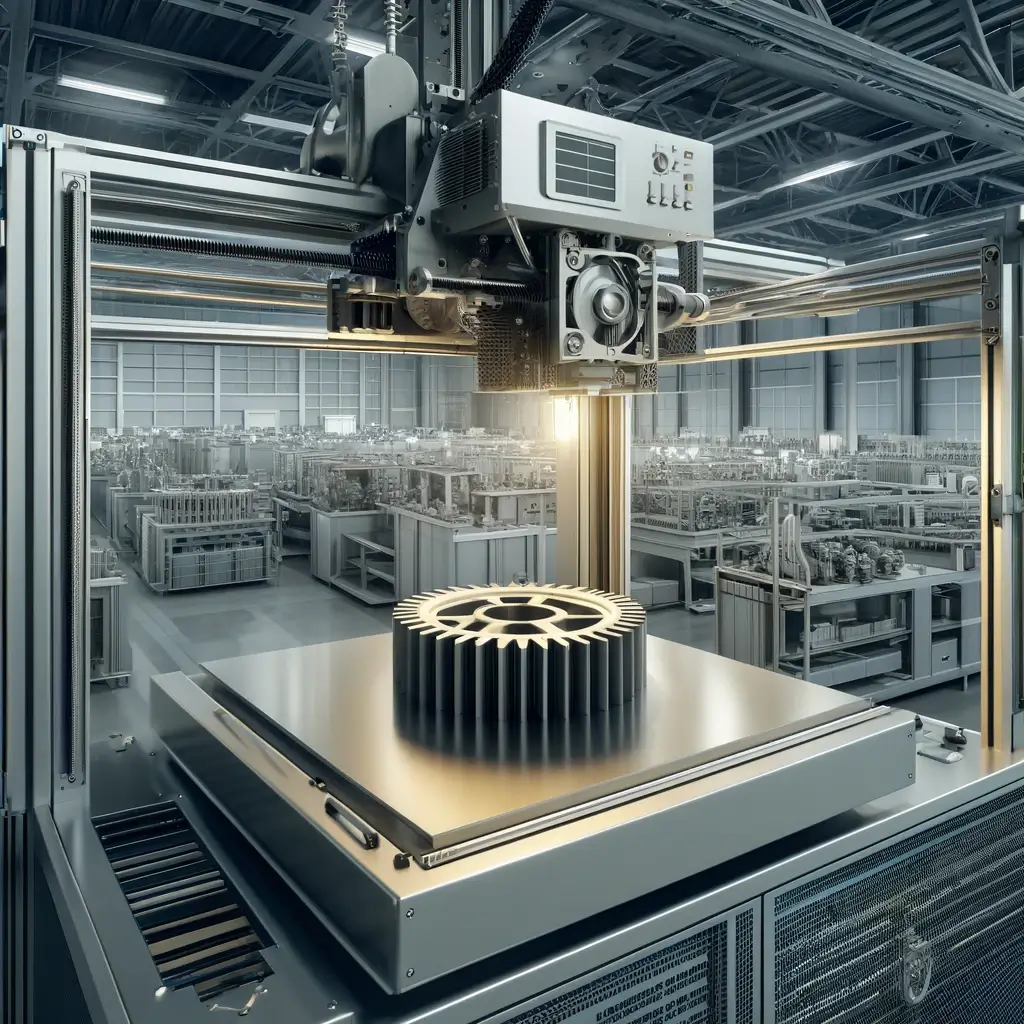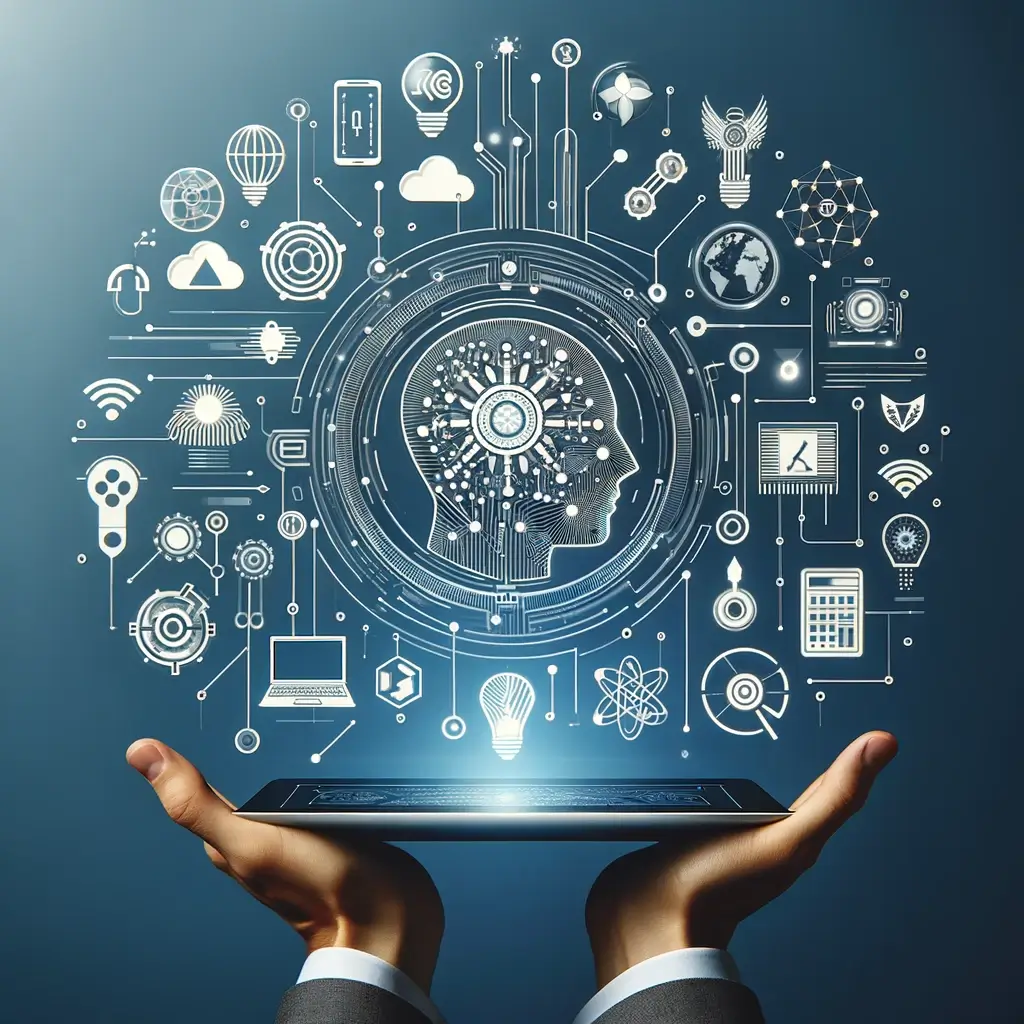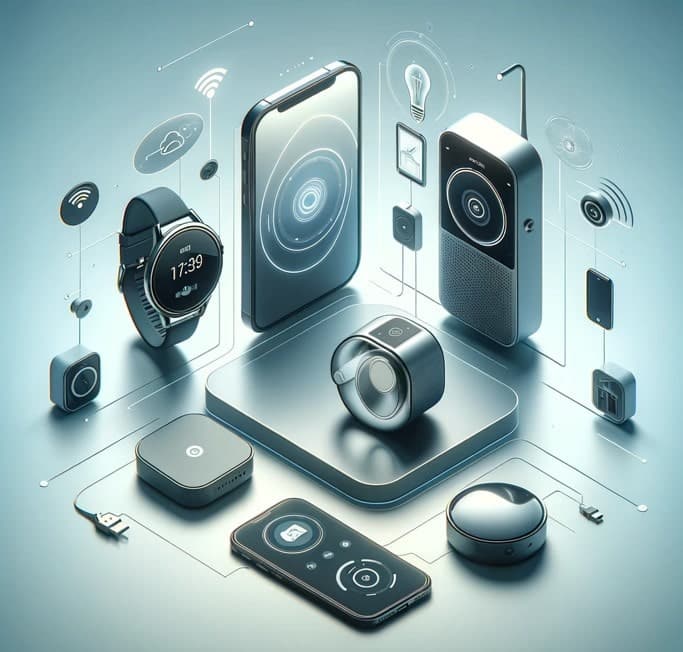Can digital twins help businesses increase productivity? If so, how can this principle be used optimally!?
Industry 4.0 has put forward several tools and design principles to improve business productivity. In his research, (Ghobakhloo, 2018) identified 12 principles and 13 tools related to this new industrial revolution.
In this article, the principle of digital (or digital) twins or virtualization is discussed.
What is a Digital Twin?
Digital twins, digital or even virtualization uses “simulation, 3-D modeling software, etc. to represent reality using computers. This allows the “twin” of a real system to be created digitally. That is to say that the virtual environment created will act in the same way as the one in reality. The differences between the real system and its digital twin are determined by the accuracy of the data collected and processed in the digital system. (Abdulnour, 2021)
Therefore, the accuracy of the results obtained by the simulation of a digital twin is directly related to the accuracy of the data used to build it. Hence the English expression “Garbage in, Garbage out”. This expression means that the entry of garbage (bad data) into the digital system brings out other garbage (bad results) at the end of the process.
Data validation is therefore the most important step in virtualization. To do this, various tools are available. For example, Excel can be used for data validation, construction of statistical distributions, etc.
In addition, some simulation software such as Arena from Rockwell offers, within their simulation software, tools to calculate, approximate, and validate its data.
However, you need to have a good knowledge of statistics to make sure you perform the right tests and obtain the right distributions. If the software is used, it still takes good knowledge to interpret the results!
To obtain real-time results, it is possible to join the data collected by the real-world data sensors (CPS) to the simulation model used in the virtual environment. Thus, it is possible to test and optimize machines, processes, procedures, etc., without using physical resources.
Indeed, it makes it possible to program, test or optimize elements of its value chain offline. (Ghobakhloo, 2018) (Moreno, et al., 2017).
How to Use Digital Twins?
Virtualization can be used in many different ways and in many different “sectors”. Depending on where it is used, one will seek to draw different conclusions.
Here are some examples of sectors and how digital twins could be used effectively.
| Sectors | Possible use | Example |
| Productivity | Measure the impact of implementing new technology, procedure, work method, etc.
Moreover, if the model is well assembled, it will take into account the vagaries of the real system (at least in part). We can therefore measure the effects of any change on the productivity of a company. |
In an electrical box manufacturing company, we have already simulated the impact of the purchase of a welding robot on the passage time of the boxes.
This allowed the company to make an informed decision and accurately calculate the return on investment (ROI) of the project. In addition, the real impact was measured, because the simulation model made it possible to validate whether the bottleneck of the company was going to move (and therefore reduce the ROI). |
| Research and development | It is possible to use virtualization in the research and development of new products.
When using modular design concepts, it becomes all the more interesting to test the effects of changing or adding options to a product. |
For example, a vehicle manufacturing company could test the aerodynamics of a vehicle following the modification of its structure or the addition of a component. |
| Quality | Similar to productivity, digital twins can be used to measure the effects of a change on a product or system.
This time, rather than using performance indicators focused on productivity, we will use indicators focused on quality |
When the simulation was carried out for the electrical box manufacturing company, the quality parameters were considered in the study.
For example, the welding robot has a quality of 99.9%, while that of the employees was around 85-90%. This, therefore, has an effect on the quality rate of the process and it was possible to compare the results with or without the welding robot. |
| Maintenance | By using sensors, the Internet of Things, etc. it becomes possible to know the state of a machine or a system in real-time.
The digital twin makes it possible to visualize the state of the system and make decisions in relation to preventive maintenance and the criticality of certain components. |
The digital twin can be used to define the safety limits of a system (for example, valve #1 of the system is stable between 200 and 300 PSI, to be monitored between 301 and 350 PSI, and critical at more than 351 PSI).
For example, one can simulate the effect of an increase in pressure in a specific part of the system. We can even test the effect of a combination of factors (for example, an increase in pressure in sectors 1 and 2). This makes it possible to define the indicators for preventive and corrective maintenance. |
| Client Experience | The customer can test the product before buying it. We use the digital twin to visualize the product to the customer. | A good example of this remains in the automotive sector where we can see the different configurations of a vehicle.
For example, you can change the color, and the rims, add a sunroof, etc. |
The preceding table shows different examples of possible uses of digital twins and these are not exhaustive.
The possibilities are numerous and in all cases, virtualization allows better decisions to be made within the different sectors of a company.
It can sometimes be very expensive to stop a production line to carry out physical tests. Some production lines bring in thousands of dollars per hour and stoppages are to be avoided. With simulation, different tests can be performed without monopolizing physical resources.
As a result, innovation costs are greatly reduced and an environment conducive to improvement is fostered! We have to conclude that this allows us to remain competitive and that this tool becomes very interesting for our performance improvement teams!
Finally, here are two articles that might interest you regarding innovation and technological performance.
Conclusion:
Digital twins allow you to simulate and predict the effect of one or more modifications on a product or system.
The results obtained by simulating a virtual system allow better decisions to be made within the different sectors of a company (quality, maintenance, productivity, customer experience, etc.).
By using sensors and the Internet of Things to connect the real system to its virtual twin, it is possible to have an overview of the real system in real-time and to feed the simulation model with data to improve its accuracy.
Virtualization is a tool that requires a certain level of expertise and requires a certain investment. However, once set up, the simulation has several ways to be profitable! Improve productivity, quality, research and development, and more.
Finally, the simulation makes it possible to test several scenarios on a real system in an offline way. This, therefore, facilitates innovation, and reduces the costs and risks associated with changes to a production system!
Reference :
Abdulnour, S. (2021). Impact de l’implantation de principe et d’outil du 4.0 et de l’agilité dans une PME québécoise-étude par simulation (Doctoral dissertation, Université du Québec à Trois-Rivières).
Errandonea, I., Beltrán, S., & Arrizabalaga, S. (2020). Digital Twin for maintenance: A literature review. Computers in Industry, 123, 103316.
Moreno, A., Velez, G., Ardanza, A., Barandiaran, L, de Infante, A., & Chopitea, R. (2017). Virtualisation process of a sheet metal punching machine within the Industry 4.0 vision. International Journal on Interactive Design and Manufacturing, 11(2), 365-373.
Ghobakhloo, M. (2018). The future of manufacturing industry: A strategie roadmap toward industry 4.0. Journal of Manufacturing Technology Management, 29(6), 910-936








